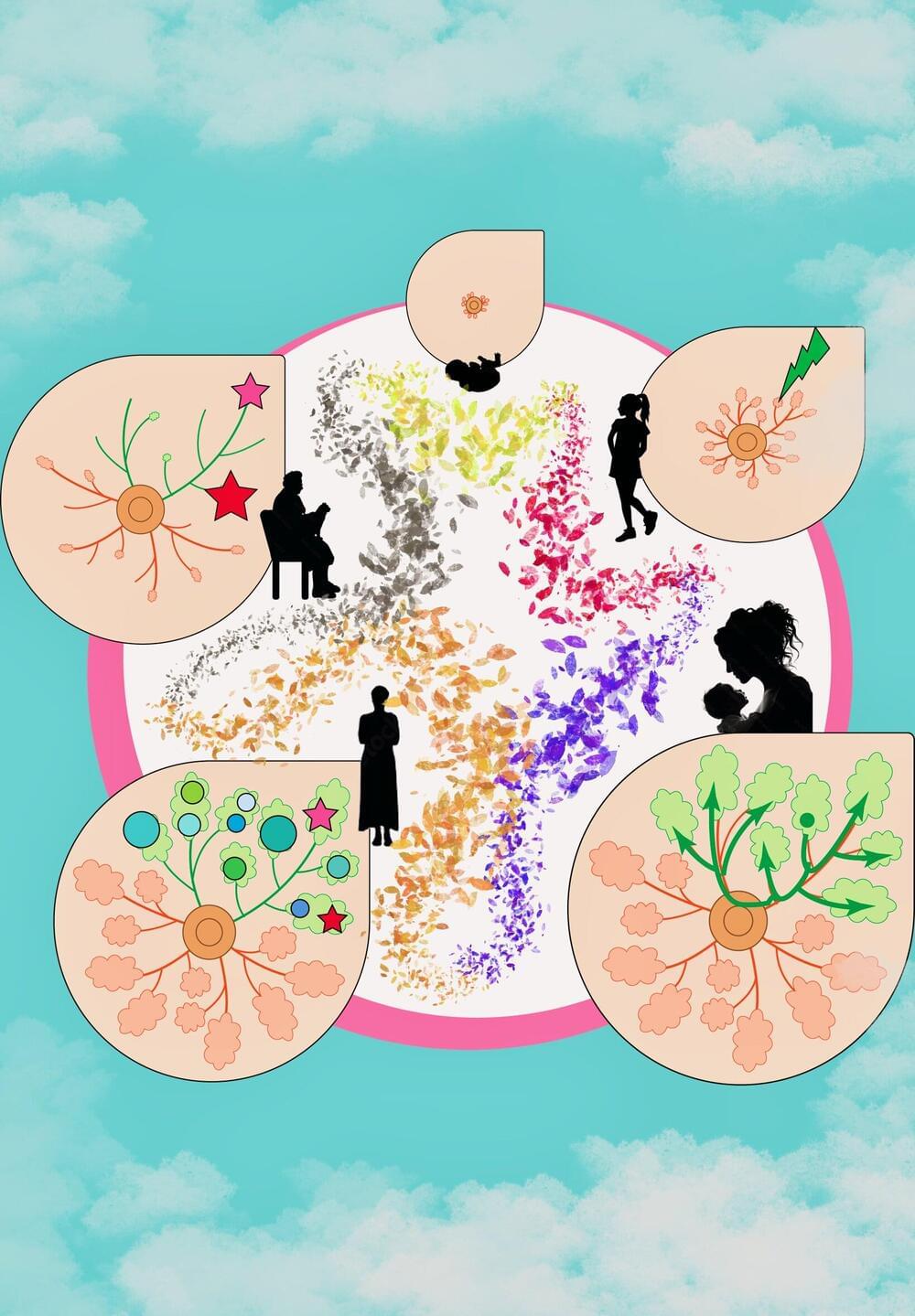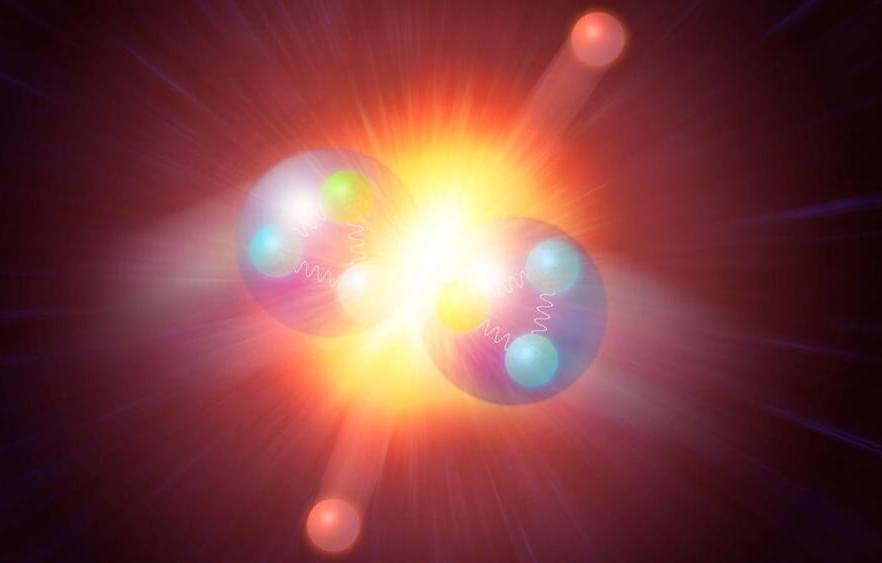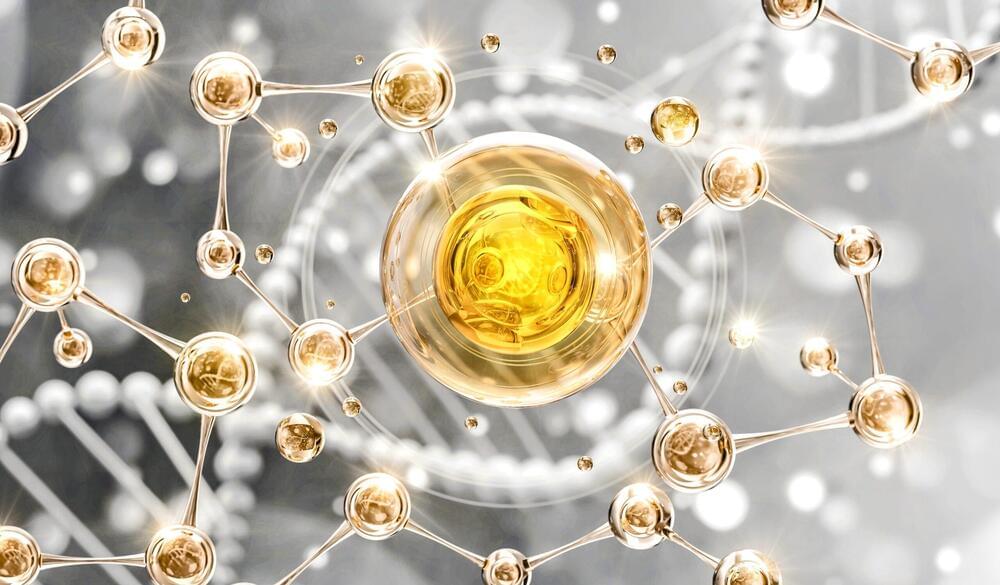Smart devices will be hot items this holiday season. They hook up to the internet and can be controlled by your phone. However, we have a demonstration that shows how easy it is to hack your home.
Get the latest international news and world events from around the world.

Study findings provide new insight into how breast cancer evolves
From the early stages of cell mutations starting in puberty to their manifestations as breast cancer in later years, the entire process has remained shrouded in mystery.
Now, a team of researchers at Kyoto University has revealed the mechanism by which breast cancer is formed in the cells of the mammalian epithelium, whose main function is to secrete milk. The paper is published in the journal Nature.
According to the team’s first analysis, approximately 20 mutations accumulate annually in each epithelial cell until menopause. After menopause, however, the mutation rate significantly decreases.

How cyber-crime has become organised warfare | Four Corners
Every seven minutes a cyber-attack is reported in Australia.
Millions of Australians have had their data stolen in malicious attacks, costing some businesses tens of millions of dollars in ransom. The federal government is warning the country must brace for even more strikes as cyber gangs become more sophisticated and ruthless.
Four Corners investigates the cyber gangs behind these assaults, cracking open their inner operations and speaking to a hacker who says he targets Australians and shows no remorse.
The program travels all the way to Ukraine and discovers we share a common enemy in the battle for cyber security.
Critical digital infrastructure: Why societies are becoming so vulnerable to cyberattacks |Techtopia
For weeks, a cyberattack paralyzed the German district of Anhalt-Bitterfeld in 2021, bringing its whole administration to a standstill. It was a stark illustration of how hackers can knock out entire communities in milliseconds — and how digital technology has become vital for running our societies.
Such “critical digital infrastructure” helps boost efficiency. But it also makes communities ever more vulnerable to hacking. And attacks are on the rise. In this episode of Techtopia, DW Chief Technology Correspondent Janosch Delcker investigates how a criminal industry makes billions by taking computers hostage — and how governments can use similar methods as a political weapon.
Subscribe: https://www.youtube.com/user/deutschewelleenglish?sub_confirmation=1
For more news go to: http://www.dw.com/en/
Follow DW on social media:
►Facebook: https://www.facebook.com/deutschewellenews/
►Twitter: https://twitter.com/dwnews.
►Instagram: https://www.instagram.com/dwnews.
Für Videos in deutscher Sprache besuchen Sie: https://www.youtube.com/dwdeutsch

Russia’s Luna-25 Creates 10M Crater After Crash On The Moon | Watch NASA’s Pics Of The Site
NASA has released images of the site from the Moon where Russia’s Luna-25 crashed last month. It revealed that the crash site lies 400 KMS away from the intended landing site of Russia’s lunar probe. It added that the impact of the crash was such that it created a 10 meter crater on the moon. Watch for more details.
#moon #luna25 #russia #nasa #crashsite #lunarsurface #russiamoonmission #images #orbit #roscosmos.
Hindustan Times Videos bring you news, views and explainers about current issues in India and across the globe. We’re always excited to report the news as quickly as possible, use new technological tools to reach you better and tell stories with a 360 degree view to give you a better understanding of the world around you.

SELinux In Linux 6.6 Removes References To Its Origins At The US NSA
Security Enhanced Linux (SELinux) has been part of the mainline kernel for two decades to provide a security module implementing access control security policies and is now widely-used for enhancing the security of production Linux servers and other systems. Those that haven’t been involved with Linux for a long time may be unaware that SELinux originates from the US National Security Agency (NSA). But now with Linux 6.6 the NSA references are being removed.
The United States National Security Agency worked on the original code around Security Enhanced Linux and was the primary original developer. The NSA has continued to contribute to SELinux over the years while with its increased adoption does see contributions from a wide range of individuals and organizations.

“Holy grail” molecule kills all types of solid cancer tumors
A team of scientists at the City of Hope Hospital – one of the largest cancer research and treatment organizations in the United States – has recently developed what could potentially be a “holy grail” molecule that can effectively eradicate all solid cancer tumors while leaving healthy cells unaffected.
In preclinical trials, this molecule – called AOH1996 – was found to target and eradicate the proliferating cell nuclear antigen (PCNA) protein, which usually contributes to the growth and repair of a variety of cancer tumors.
Most of the previous targeted anti-cancer therapies focus on a single pathway, enabling cancers to mutate and eventually become resistant. By contrast, since AOH1996 targets a cancerous variant of PCNA, a protein that in its mutated form is crucial in DNA replication and repair of all types of tumors, its effectiveness is higher and its range of action significantly broader.

Scientists Uncover Secrets of Plant Regeneration
Plants possess the unique ability to completely regenerate from a somatic cell, i.e., an ordinary cell that does not typically participate in reproduction. This process involves the de novo (or new) formation of a shoot apical meristem (SAM) that gives rise to lateral organs, which are key for the plant’s reconstruction.
On a cellular scale, the formation of SAM is meticulously controlled by either positive or negative regulators (genes/protein molecules) that may induce or restrict shoot regeneration, respectively. But which molecules are involved? Are there other regulatory layers that are yet to be uncovered?
To seek answers to the above questions, a research group led by Nara Institute of Science and Technology (NAIST), Japan studied the process in Arabidopsis, a plant commonly used in genetic research.